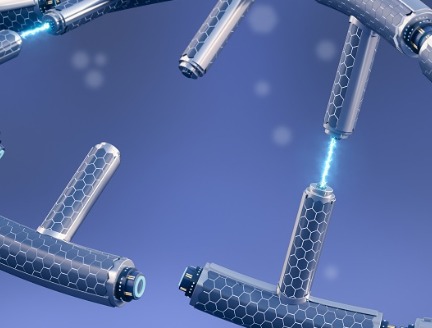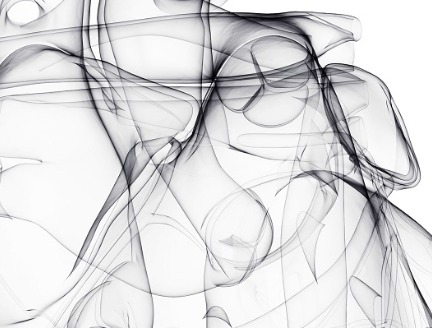


Regaining the ability to control a full weight-bearing standing posture without assistance from weight-supporting devices or other people is a key goal for someone who is paralyzed.
Not only does this ability provide a greater level of physical independence and mobility, maintaining balance when standing is the foundation for regaining the ability to walk, including stepping with assistance from robotic devices being developed at Houston Methodist and other places.

In a well-controlled clinical study published in the Journal of Neurotrauma, people with spinal cord injuries who could not stand unassisted received non-invasive transcutaneous electrical spinal cord stimulation via electrodes placed on the spinal column three days per week for a month.
Dimitry Sayenko MD, PhD Assistant Professor
Neurosurgery
Houston Methodist

Our clinical research program focuses on central nervous system plasticity throughout the course of motor learning and regaining lost sensorimotor function. We are especially interested in exploring the strategies for regaining functionality during self-assisted standing and stepping, as well as for improving control of motor and autonomic functions.”

Dimitry Sayenko MD, PhD
Assistant Professor
Neurosurgery
Houston Methodist
Following this treatment, all the participants could maintain an upright standing position either independently or with minimal external assistance applied to the knees or hips, using their hands for upper body balance as needed. The quality of their balance control improved with continued training. When the participants shifted their weight while standing, high levels of leg muscle activity emerged that depended on the amount of muscle loading.
These findings suggest that the non-invasive stimulation therapy can modulate the spinal circuitry into a physiological state that enables sensory inputs during weight-bearing to serve as a primary source of neural control to maintain externally unassisted upright posture and balance.
Sayenko has recently began collaborating with Niche Biomedical to initiate a sponsored clinical trial evaluating the effects of spinal stimulation on upper limb function in individuals with spinal cord injury. Niche Biomedical is a multi-disciplinary bioelectronics medical device company focused on developing neuromodulatory technologies to address chronic conditions that have previously defied conventional medical treatment.
Donna Ostermayer, September 2021
Related Articles
Cellular Insights into High Cholesterol
The link between cholesterol and spikes in white blood cell counts









